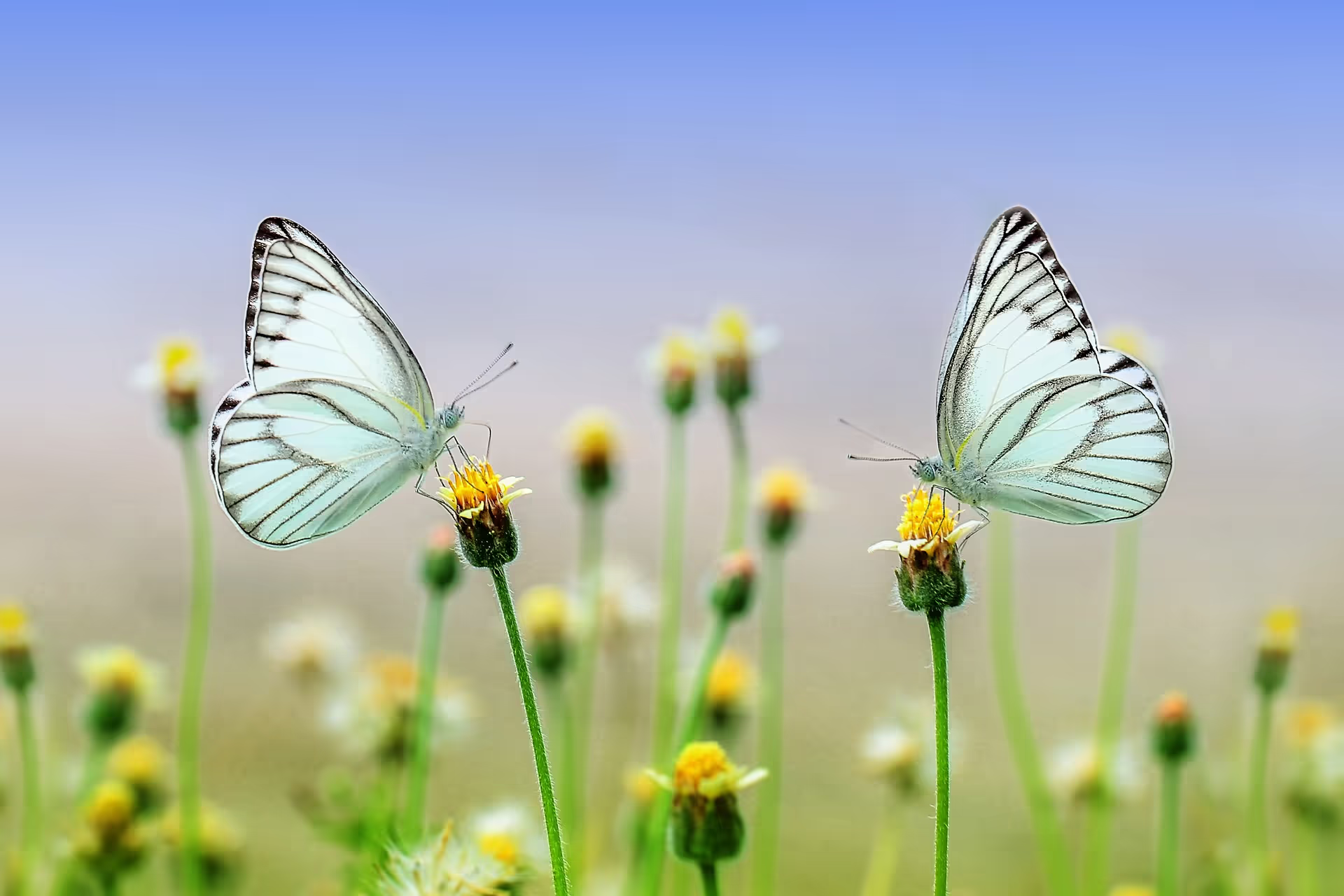July 22, 2019
Master Class: A Conversation with Jonathan Birch About the Equivalence of Theories of Social Evolution
The controversy over group selection that emerged in the 1960’s seemed as if one theory could be rejected in favor of another, but it was really more like monolingual people declaring each other to be confusing and wrong.



